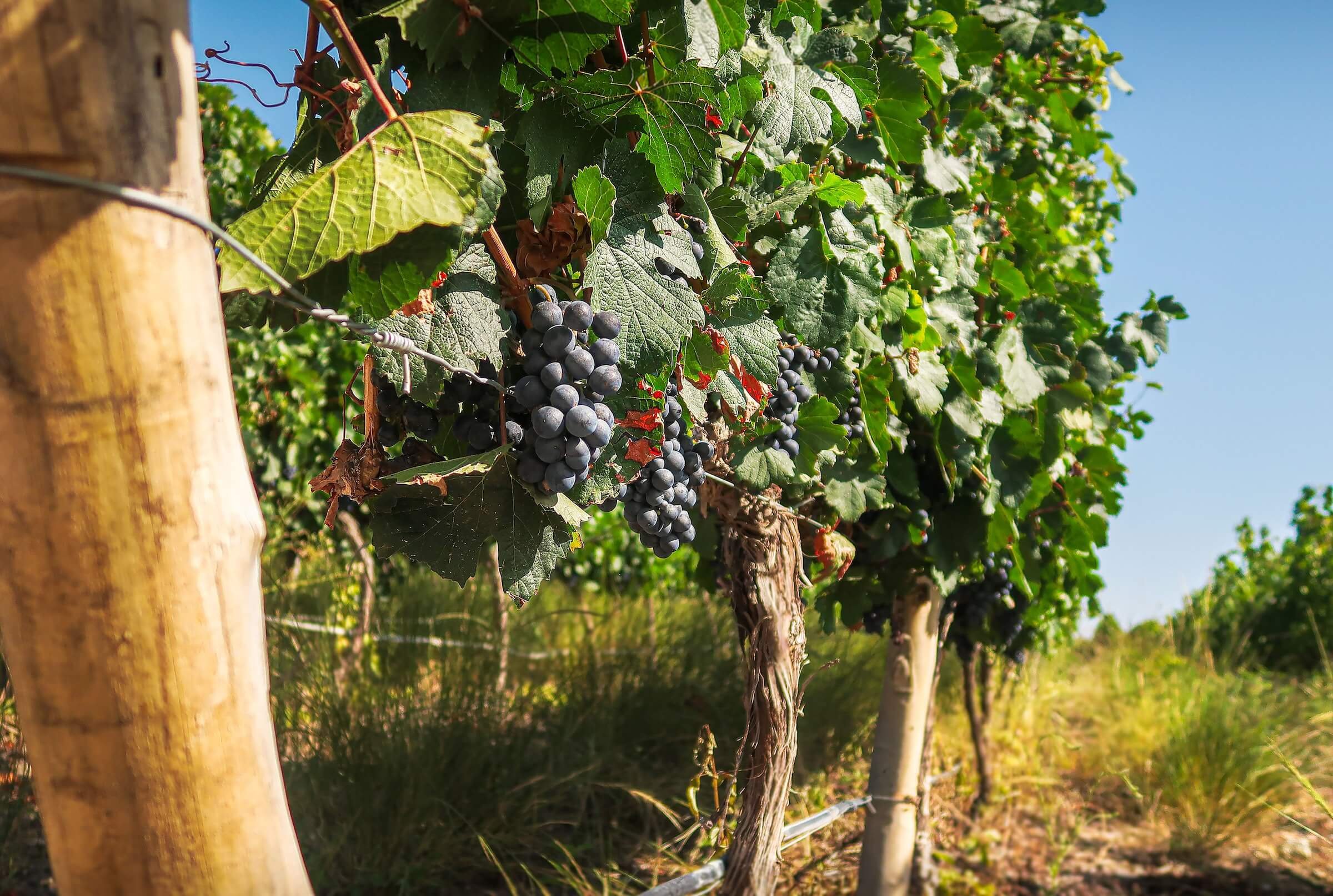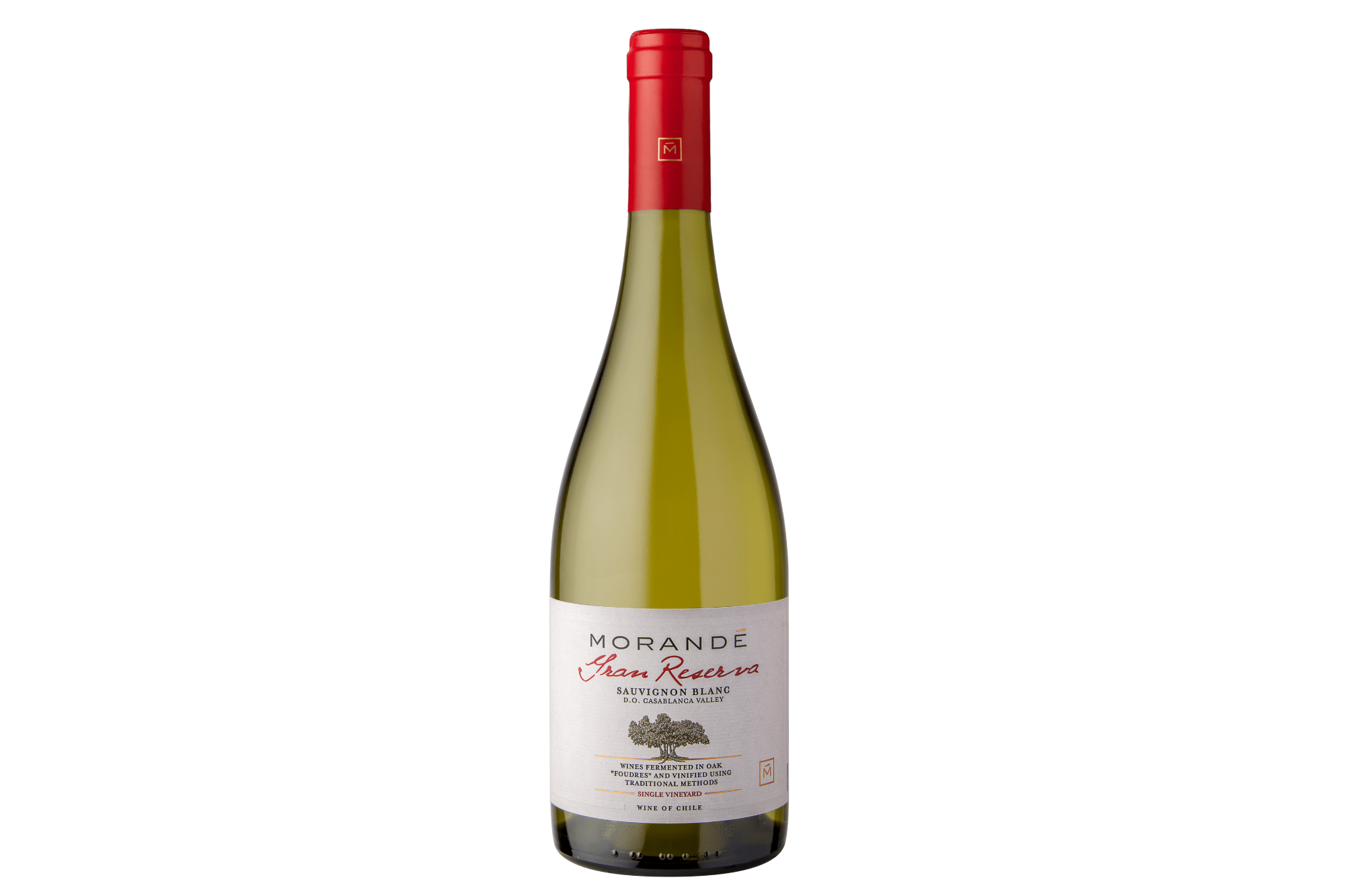Looking for Affordable Bordeaux? Look to South America
Argentina vineyard photo credit Hector Ramon Perez
“Human nature will not flourish, any more than a potato, if it be planted and replanted, for too long a series of generations, in the same, worn-out soil. My children have had other birthplaces, and, so far as their fortunes may be within my control, shall strike their roots into unaccustomed earth.” This quote, attributed to Nathaniel Hawthorne and used as the title of a series of short stories by novelist Jhumpa Lahiri about the ability of immigrant families to adapt to new communities, always evokes for me the story of French grapes in South America. It was this idea of “unaccustomed earth” that propelled malbec, ostensibly the forgotten grape of Bordeaux, into worldwide renown once it found its spiritual home in Argentina. “Malbec from Argentina is more French than from France,” says Emmanuel Riffaud, General Manager of famed Bordeaux brand Baron Phillipe de Rothschild’s operations in Chile, and Chief Winemaker of its Escudo Rojo label, which, consequently, translates to “red child,” or Rothschild. As Burgundian brands and winemakers flocked to the Willamette Valley for its potential with pinot noir, so too did Bordeaux producers to South America, with Baroness Philippine de Rothschild being among the first to recognize the terroir of Chile as especially suitable for Bordeaux’s grapes in the opposite quadrant of the globe.
Vineyards in Apalta Valley, Chile photo credit Thomas Griggs
The story of wine grape migration
To a lesser extent than malbec’s experience in Argentina, but no less important in the ongoing story of wine grape migration, the same is also true of carménère in Chile, and even tannat in Uruguay, grapes whose full potential wasn’t realized until they made their way out of their homeland and into more receptive conditions elsewhere. “If the terroir is telling you this is the best place for something, you adapt,” says Riffaud. But these forgotten grapes aren’t all that South American soils have to offer, and premium and super-premium Bordeaux-style bottlings are on the rise in both Chile and Argentina. “The viticulture area in Chile is the same width as Bordeaux, but 10 times as long,” says Riffaud. “You have to make wine in the fields first, and here there’s a good climate, warm sun, no issue with rain, and the ability to produce both structure and fruit character.”
Affordable wine.jpg
Bordeaux-style wines at a fraction of the cost
While California’s Napa Valley has long since been aligned with high quality cabernet sauvignon, Napa has a higher operating cost compared to South America, according to Riffaud, and South American producers are more closely aligned with Bordeaux in style when it comes to those varietals, with more emphasis on freshness and minerality, and less on oak and opulence, but with no less ability for aging potential. “Bordeaux wishes it could have something like this at this price level,” says Riffaud. So if you’re looking for affordable Bordeaux, there’s never been a better time to look to South America, for premium, Bordeaux-style wines at a fraction of the cost.
Chile
Escudo Rojo Baronesa P
$65
A special release by Escudo Rojo in honor of the Rothschild who first appreciated Chile as a place for Bordeaux-style wines, Baronesa P is an effort to showcase micro-terroirs in the Maipo Valley, where particular vineyards were matched with particular varietals for maximum impact. The wine is not only a tribute to Baroness Phillipine de Rothschild herself, but also recalls her first undertaking in Chile, a partnership with Concha y Toro named Almaviva, to create a Franco-Chilean expression of Bordeaux varietals. Cabernet sauvignon gives the backbone for this lush and complex expression, with lesser parts cabernet franc, carménère, petit verdot, and syrah coming together to produce deep black-fruited notes, seasoned with nuts, spice, and toffee.
A native Chilean, Ventisquero winemaker Felipe Tosso trained around the world, particularly in places known for their robust reds such as Napa Valley, Australia’s Barossa Valley, as well as Bordeaux itself, so it’s no wonder he has a deep commitment to producing world-class wines that show the breadth of Chile’s terroir. ENCLAVE, his premium category Bordeaux blend, references the commune of Pirque, an “enclave” that benefits from the influence from both the Maipo River and the Andes. A cabernet-dominant blend with small parts of petit verdot, cabernet franc, and carménère, the elegant wine has layers of flavors, red fruit mingling with cassis and earth, with silky, integrated tannins.
Viña Morandé Gran Reserva Sauvignon Blanc
$16
Lest one forget that Bordeaux is also famed for exceptional whites made from sauvignon blanc and semillon grapes, premium sauv blanc bottlings are also on the rise in Chile, especially those assembled from cool, coastal vineyards that can help preserve the varietal’s edgy acidity and encourage its mineral spirit. Viña Morandé’s founder, Pablo Morandé, was the first to plant vineyards in the coastal Casablanca Valley. This Gran Reserva sauvignon blanc is a single-vineyard expression, coming from the El Ensueño vineyard in the coldest sector of Lo Ovalle in Casablanca, just a couple of miles from the Pacific ocean. Extended less contact and partial aging in oak foudres provides a distinct roundness to balance the bright citrusy and herbaceous notes, coming together as a vibrant wine that is equal parts grapefruit and honey.
Named as Wine Enthusiast’s 2019 New World Winery of the Year, and exporting to more than 75 countries, Trapiche is one of Argentina’s largest wineries, and one of its longest standing, beginning operations in 1883, shortly after the introduction of malbec to the country. Its Medalla series was developed to celebrate the brand’s 100th anniversary, and was among the first premium category wines exported from Argentina. Combining a strong, new world fruit profile with old world sensibilities, the Medalla Cabernet Sauvignon is a plummy wine balanced by secondary vegetal and earth tones.
Domaine Bousquet Reserve Organic Cabernet Sauvignon
$20
Argentina’s Mendoza is famed for its high altitude vineyards that bring the precise amount of cool to allow for a long ripening of complex, full-bodied grapes such as cabernet sauvignon and malbec. Domaine Bousquet’s vineyards located in Alto Gualtallary, Tupungato, are among the region’s highest, at 1200 meters above sea level, allowing its Reserve Cabernet Sauvignon, (blended also with 15% malbec,) to show off its bright and juicy potential, while rounded by 10 months’ aging in French oak. A strawberry and floral aroma tempered by spice gives way to a dense yet refined palate, with notes of chocolate and tobacco.
45 year old vines give a distinct stateliness to this wine made from a 110-year-old family winery located in Lujan de Cuyo-Maipo, where limestone soils help develop mineral characteristics even in rich red wines. Balanced between red and black fruit, this 100% cabernet sauvignon exhibits an appealing tension between fresh and velvet characteristics, with notes of berries and fresh herbs, tempered by chocolate and walnuts.









